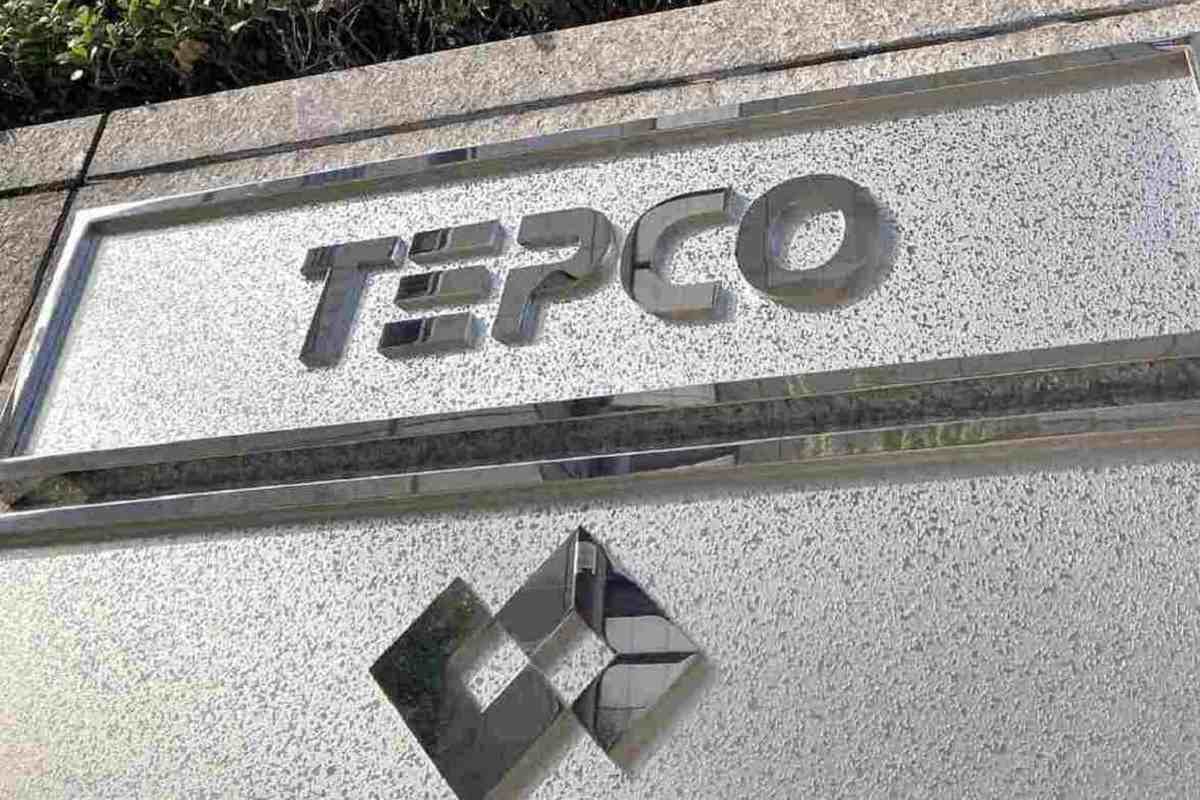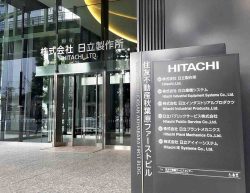
Tokyo Electric Power Company Holdings Inc. headquarters in Chiyoda Ward, Tokyo
12:43 JST, March 10, 2024
Tokyo (Jiji Press)—Tokyo Electric Power Company Holdings Inc. has a long way to go to achieve its target of profits for financing measures to fulfill its commitment to Fukushima Prefecture related to the March 2011 serious nuclear accident.
Monday will mark 13 years since the massive earthquake and tsunami in northeastern Japan that triggered triple meltdowns at TEPCO’s Fukushima No. 1 nuclear power plant in the northeastern Japan prefecture.
To make sure that TEPCO pays compensation to people and organizations affected by the nuclear disaster and keeps supplying electricity stably, the Japanese government virtually nationalized the company in July 2012 by injecting ¥1 trillion in it for a 50.1 pct equity stake in terms of voting rights, instead of opting to let the firm go bankrupt.
A scheme has been established in which Nuclear Damage Compensation and Decommissioning Facilitation Corp. uses government bonds provided from the state to cover compensation costs. TEPCO needs to repay the money to the government-backed organization.
Paying compensation, promoting the reconstruction of Fukushima and decommissioning the Fukushima No. 1 plant are major tasks of the company since the nuclear accident.
While these projects are still half way through, TEPCO started releasing treated water containing tritium, a radioactive substance, into the ocean from the Fukushima No. 1 plant last August. Also, the company has paid over ¥1.1 trillion in compensation.
If the government had chosen to have the company go bankrupt, the situation must have been “even worse,” a senior official of the industry ministry said, stressing that the compensation and decommissioning scheme has worked to a certain degree.
The total costs related to the nuclear crisis are estimated at ¥23.4 trillion, including ¥8 trillion for decommissioning the Fukushima No. 1 plant.
TEPCO needs to improve its profitability in order to cover the costs but has been unable to do so. Instead, the company has high hopes on a reactor restart at its Kashiwazaki-Kariwa nuclear plant in Niigata Prefecture, central Japan.
The possible restart is expected to improve TEPCO’s profitability by ¥110 billion per year. But it is not easy to obtain the consent of local communities to the restart.
TEPCO has set a target of securing about ¥500 billion every year to cover the compensation and decommissioning costs. In reality, however, the average amount secured stood at about ¥400 billion from fiscal 2017 to fiscal 2022.
Costs of decontamination are covered by funds generated through the sale of government-held TEPCO shares.
Specifically, TEPCO, listed on the Prime section of the Tokyo Stock Exchange, aims to raise its share price to ¥1,500 a piece so that the proceeds from the share sale will reach ¥4 trillion. For the stock price boost, TEPCO needs to raise its corporate value by producing a net profit of ¥450 billion annually in the medium to long term.
But the company’s net profit is far lower than that level, and its stock price is only half of the target.
“We still have a lot to do to stabilize our operations and improve profitability,” TEPCO Representative Executive Vice President Hiroyuki Yamaguchi said.
The government fully liberalized power retail business after the nuclear accident in order to spur competition among power utilities. This worked against TEPCO, which serves Tokyo and nearby prefectures. The company saw its market share among household users drop by 30 pct as a result of new power producers aggressively launching business in its service area.
As there are limits to TEPCO’s ability to raise funds and invest in growth areas on its own, it is essential for the firm to form partnerships with other companies, pundits said.
In 2015, TEPCO and Chubu Electric Power Co. jointly established Jera Co. to integrate their thermal power operations.
But since then, TEPCO has not been able to form a large-scale tie-up because of concerns among potential partner companies that they might have to bear costs related to the nuclear crisis, an official of Nuclear Damage Compensation and Decommissioning Facilitation Corp. said.
"Business" POPULAR ARTICLE
-

Keidanren Chairman Yoshinobu Tsutsui Visits Kashiwazaki-Kariwa Nuclear Power Plant; Inspects New Emergency Safety System
-

Tokyo Economic Security Forum to Hold Inaugural Meeting Amid Tense Global Environment
-

Imports of Rare Earths from China Facing Delays, May Be Caused by Deterioration of Japan-China Relations
-

University of Tokyo Professor Discusses Japanese Economic Security in Interview Ahead of Forum
-

Japan Pulls out of Vietnam Nuclear Project, Complicating Hanoi’s Power Plans
JN ACCESS RANKING
-

Keidanren Chairman Yoshinobu Tsutsui Visits Kashiwazaki-Kariwa Nuclear Power Plant; Inspects New Emergency Safety System
-

Tokyo Economic Security Forum to Hold Inaugural Meeting Amid Tense Global Environment
-

Imports of Rare Earths from China Facing Delays, May Be Caused by Deterioration of Japan-China Relations
-

University of Tokyo Professor Discusses Japanese Economic Security in Interview Ahead of Forum
-

Japan Pulls out of Vietnam Nuclear Project, Complicating Hanoi’s Power Plans

























